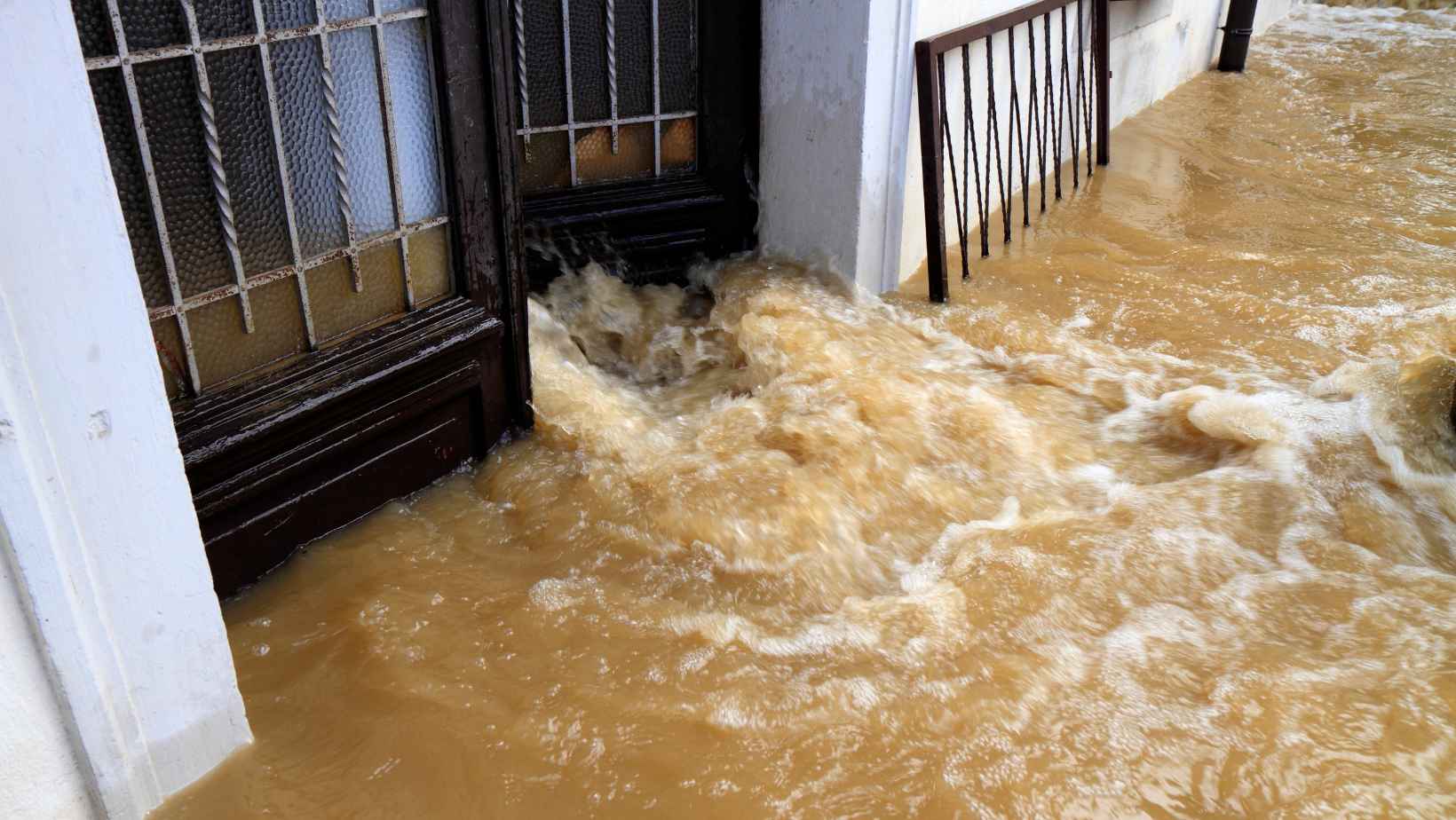
Basement flooding is a growing problem for many homes in the UK, with increased rainfall level every year water levels are rising for rivers and ground water which you may not be aware of. In order to avoid the risk of basement flooding in your home or business premises we have created a list of some of the key things you can do.
1. Check your gutters and downspouts regularly to make sure they are not clogged or blocked. Clean them out if necessary to ensure proper drainage of water away from your home.
2. Check the grading of the land around your home. Make sure that the ground slopes away from the foundation of your home to promote proper drainage.
3. Check to make sure that the soil around your home is not compacted and that it is able to drain properly. If necessary, add some amendments to the soil to help it absorb and drain water away from your home.
4. Consider installing a sump pump to help move water away from your home if it accumulates in the basement.
5. Make sure your gutters and downspouts are directed away from the house and that the runoff is directed away from your home. Pay attention to water pooling near your foundation and make sure it is diverted away properly.
Frequently Asked Questions
Why do basements flood?
Basement flooding is a common occurrence across the United Kingdom, especially during the spring and summer months when heavy rains and thunderstorms are frequent. The most common cause of basement flooding is due to overflowing sewer lines or an excess of water that has seeped into the ground. Poor drainage systems and blocked gutters can also cause basement flooding, as they are unable to adequately divert rainwater away from your home. In addition, heavy rains can lead to flash flooding, which can cause water to enter your basement through windows or other openings. Lastly, broken pipes or appliances, such as a washing machine or dishwasher, can cause water to leak into your basement. The UK Environment Agency maintains a flood map and we give a detailed overview about it here.
How to dry a flooded basement?
The first step to drying a flooded basement is to remove any standing water. This can be done using a wet/dry vacuum, a submersible pump, or other appropriate tools. Once the water has been removed, it is important to use fans and dehumidifiers to completely dry the area. It’s also important to monitor the humidity levels in the basement, as high humidity levels can cause mold and mildew growth. For best results, it’s recommended to keep humidity levels at 50% or lower. Additionally, it’s important to repair any plumbing issues that may have caused the flooding in the first place, as this will help prevent future flooding.
How to clean a flooded basement?
Cleaning a flooded basement can be a daunting task, but it is important to address the issue quickly in order to prevent further damage. Start by removing as much of the water as possible with a wet/dry vacuum or pump. Next, clean and dry all surfaces with a mop and towels. Disinfect any affected surfaces with a bleach solution and then use fans and dehumidifiers to help dry out the area. Finally, discard any items that are beyond repair and contact a professional if the water damage is extensive. Following these steps will help ensure that your flooded basement is properly cleaned and restored.
Where Can I buy a pump for my basement in the UK?
If you’re looking for an effective way to protect your basement from flooding, consider investing in a rain storm water pump station from PumpStationsDirect.com. Their selection of pumps offers a variety of options to suit any budget and need, with their competitive prices and knowledgeable customer service team, you can rest assured that you’ll find the perfect pump for your basement flooding needs.








